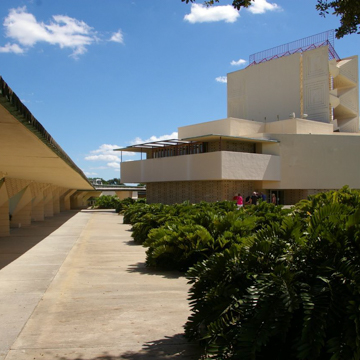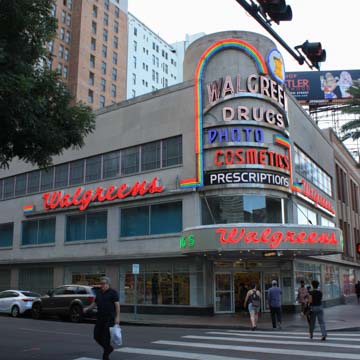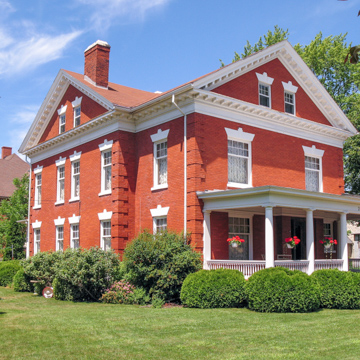FLORIDA SOUTHERN COLLEGE
The campus of Florida Southern College includes the largest ensemble of Frank Lloyd Wright buildings at a single site. Wright designed eighteen structures for the campus, of which twelve were built over a twenty-year span, beginning in 1938. Linking all twelve buildings are covered esplanades that snake their way asymmetrically around fountains and lawns that slope down toward Lake Hollingsworth. Wright dubbed the campus...more










